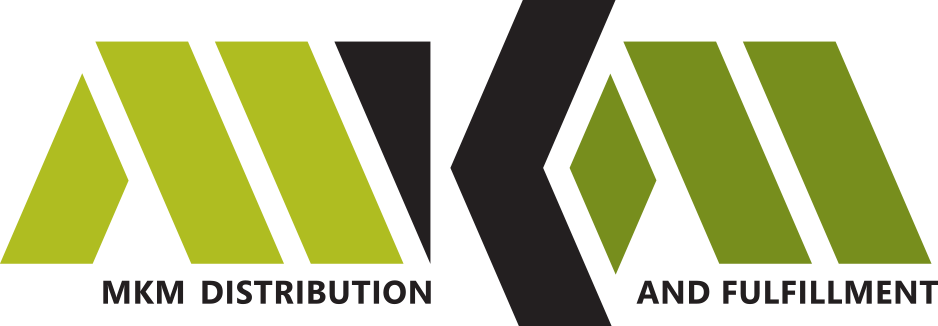The Cost of E-Commerce – Technology & Equipment
Warehouses are complex operations. They have to run seamlessly to ensure that operations are as efficient as possible. The ultimate goal is to eliminate waste: whether that’s wasted product, wasted energy, or wasted labor. In order to help humans be more efficient, we have technology and equipment to help us be faster, stronger, and safer.
Technology
Controlling costs in e-commerce fulfillment means you have to be exact. Anything under- or overweight can have an effect on shipping costs. For this, we have shipping and receiving terminals. These usually include a computer, a scale, a label printer, and perhaps some other devices. These are to ensure that each item that comes into and goes out of the warehouse is exactly what it’s supposed to be.
When we’re talking about technology, we also have to mention inventory. Keeping inventory of thousands of items can be difficult. To help, many e-tailers install a warehouse management system -- software that helps keep track of items that come in and go out of the building, but the license cost is substantial, and so are the installation and programming costs. There are off-the-shelf software systems available, but they may not meet your exact needs. Conversely, custom options, while they serve your exact needs are very costly.
To help manage inventory in an expeditious manner, many warehouses usually employ the use of an RF gun, or at least some other kind of pick-assist technology. These mobile scanners enable your fulfillment staff to accurately and quickly capture product data as it comes in and goes out of the facility. But it’s important to have enough of these for multiple employees, which gets costly.
Finally, there is shipping software. Unfortunately, shipping isn’t as simple as putting something in a box and throwing stamps on it. Using shipping software helps eliminate some costs of manually calculating weight-based costs, labeling, etc., but there are licenses that are associated with use for those, as well. So while you avoid some costs, you acquire new ones and the balance of those two is critical.
Of course, if you don’t want to pay licensing, programming and installation fees, you can always have your own software developed for automation, warehouse management, or shipping. But if you do, be prepared to pay developer costs; large-scale software systems don’t run cheap.
Equipment
Not all technology is software. Some technology simply helps employees move items from one point to another. Forklifts, conveyers, sorters, and even carton erectors have unique costs for purchase and installation. You’ll also have to spend time training employees on how to safely use specific pieces of equipment, and in some cases, make sure they’re certified to do so.
But there’s an unfortunate part of both software and equipment: they both require maintenance to stay running smoothly. Whether that means general cleaning or replacing of old parts, the maintenance of warehouse equipment adds up, particularly when you consider potential installation costs.
So what’s your take? Do you have a handle on your technology and equipment costs? How much do they contribute to each shipment you make? For more information on this topic, download our white paper or contact us.

